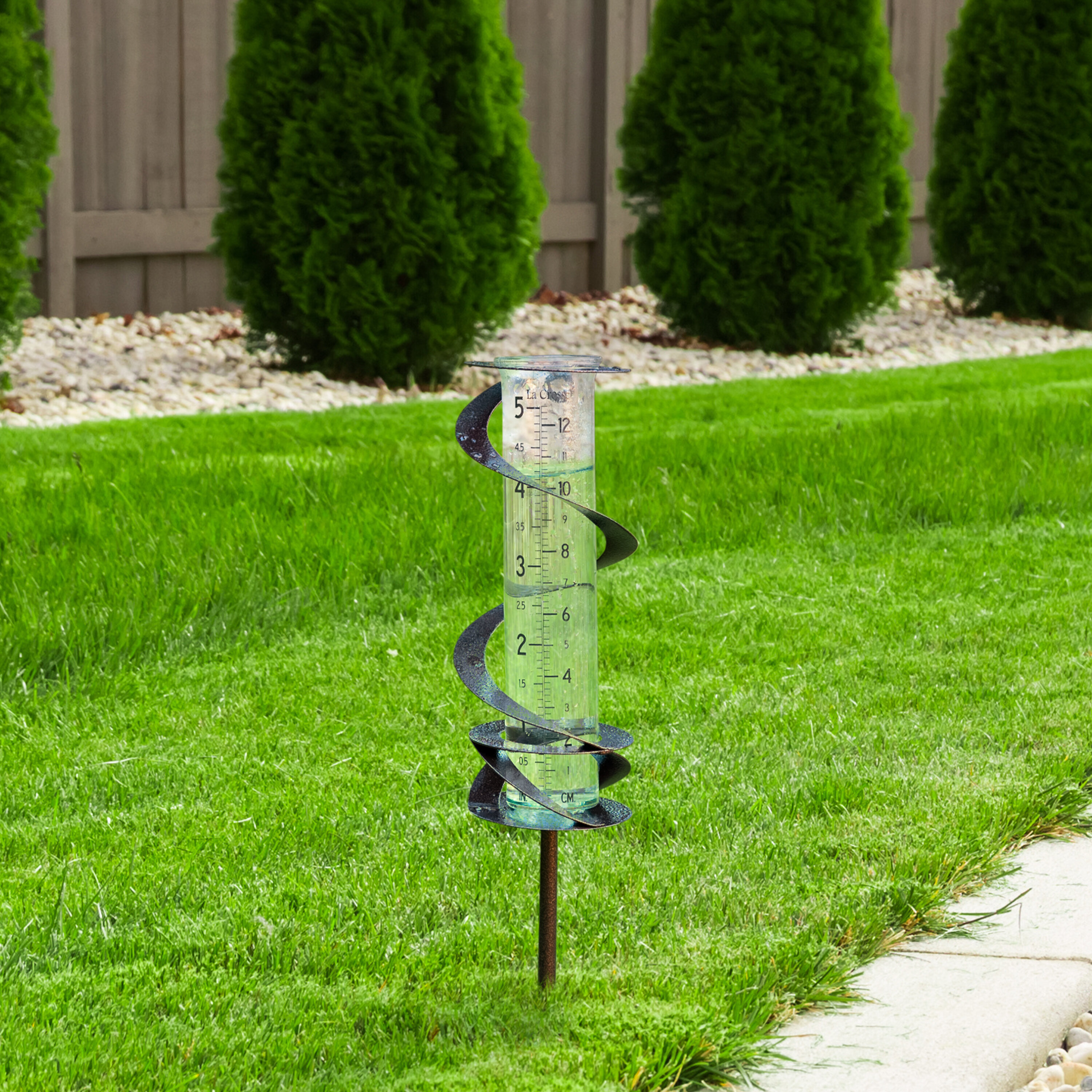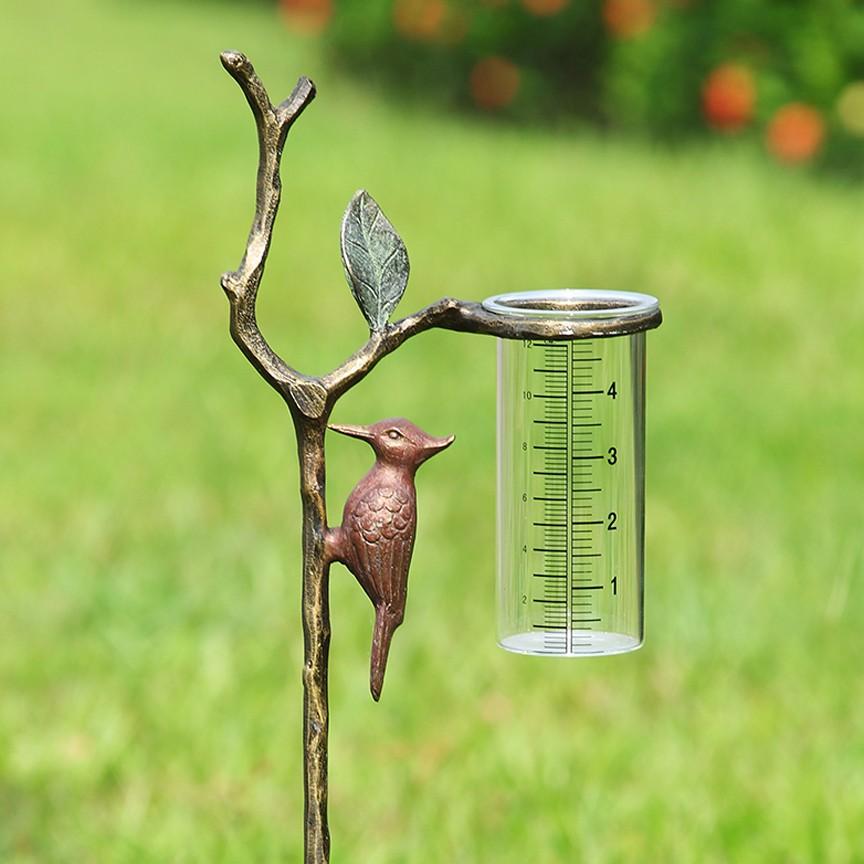How to Select the Right Rainfall Gauge for Accurate Rain Information
Accurate rainfall data is important for numerous markets and tasks, such as agriculture, meteorology, and water resource administration. To acquire dependable measurements, it is necessary to pick the appropriate rain gauge. This guide intends to give beneficial insights into the selection procedure, permitting you to make enlightened choices. Taking into consideration variables such as area, kind, and accuracy of the rain scale will certainly aid ensure specific information collection. Furthermore, comprehending the maintenance and calibration procedures will certainly add to the durability and reliability of your rainfall scale. By following these guidelines, you can ensure accurate rains data, enabling better decision-making and preparation for different applications.
Relevance of Picking the Right Rain Scale
The relevance of picking the right rain gauge hinges on acquiring reputable and precise rainfall data for exact atmospheric evaluation. Rainfall data is crucial for a wide variety of applications, including climate forecasting, hydrological modeling, and environment research. Imprecise or unreliable data can result in wrong conclusions and flawed decision-making procedures.

Second of all, the accuracy and accuracy of the rainfall scale are vital. The gauge needs to be able to determine rains with high accuracy, capturing also little amounts of rainfall accurately.
In addition, the location and installment of the rain scale are important considerations. It needs to be put in an open area, far from obstructions that can affect rains measurements. The scale must be placed at a proper elevation and angle to prevent spilling and make certain correct catchment of rainwater.
Aspects to Consider When Picking a Rain Scale
When choosing a rain scale, there are several crucial factors to think about. These aspects can considerably impact the accuracy and dependability of the rains data collected. The first aspect to think about is the sort of rainfall gauge. There are various kinds readily available, consisting of standard rainfall determines, tipping bucket rainfall evaluates, and considering rain evaluates. Each kind has its own advantages and downsides, so it is necessary to choose one that finest suits your certain demands and needs.
One more element to think about is the material of the rain scale. Rainfall determines can be constructed from numerous products, such as glass, metal, or plastic. The material selected ought to be resistant and durable to weather, making sure that the rainfall gauge will endure the aspects and offer accurate measurements over time.
Precision is additionally an important aspect to think about. Search for rain gauges that have actually been adjusted and examined for precision. Features such as anti-splash rings and funnels can also boost the precision of the measurements.

Last but not least, think about the environment and atmosphere in which the rainfall gauge internet will certainly be used. Various rainfall determines appropriate for different climates, so it is very important to select one that is ideal for the conditions in your area.
Various Kinds Of Rain Determines Offered
To further explore the aspects to think about when picking a rain gauge, it is very important to comprehend the different kinds of rainfall assesses offered. There are several sorts of rainfall assesses, each with its own benefits and disadvantages. The most typical kind is the typical rainfall scale, also referred to as the round rainfall scale. This kind consists of a straight-sided round container with a funnel-shaped top. It is straightforward to make use of and supplies accurate dimensions of rainfall.
One more type of rainfall gauge is the tipping bucket rainfall scale. As the rain drops into the scale, it loads up one side of the container, creating it to empty the water and tip.
A 3rd type of rainfall gauge is the evaluating rain gauge. As the rainfall drops into the scale, it is collected in a container linked to an equilibrium.
Lastly, there are also remote rainfall gauges that use progressed innovation to gauge rainfall (The Rain Gauge). These determines use sensors and transmitters to send out data wirelessly to a central system. Remote rain assesses are convenient for checking rainfall in hard-to-reach areas or for massive information collection
How to Establish the Accuracy of a Rainfall Scale
One means to evaluate the accuracy of a rainfall scale is by conducting routine calibration dimensions. Calibration entails contrasting the readings of a rain gauge to a standard measurement, such as a licensed rain scale or a climate terminal with high accuracy. By comparing the dimensions, any kind of discrepancies or inaccuracies in the rain gauge can be determined and made up.
To conduct a calibration measurement, start by gathering rainfall data from both the rain gauge and the standard measurement device over a particular period, such as a month. After that, contrast the analyses and compute the distinction in between them. This difference is called the calibration mistake.
It is essential to note that calibration measurements need to be performed frequently, as environmental factors, such as wind, temperature level, and particles, can impact the precision of the rain gauge in time. By carrying out routine calibrations, any kind of modifications in the accuracy of the rainfall gauge can be discovered and adjustments can be made accordingly.
Along with calibration, it is likewise recommended to tidy and preserve the rainfall gauge routinely to guarantee its precision. Remove any particles or obstructions that might affect the precision of the measurements, and address check for any kind of signs of get more damages or wear that might require fixings or substitute.
Tips for Preserving and Adjusting Your Rain Scale
Regular upkeep and calibration are essential for making certain the accuracy and integrity of your rain scale in determining rainfall information (The Rain Gauge). By following a few simple ideas, you can guarantee that your rainfall scale is correctly kept and adjusted
First of all, it is necessary to cleanse your rain gauge regularly to avoid any type of particles or dust from obstructing the rain collection mechanism. Make use of a soft brush and a mild detergent to carefully clean up the within and beyond the gauge. Rinse it thoroughly with clean water and enable it to completely dry entirely before reinstalling it.
Secondly, it is recommended to adjust your rain gauge at least when a year. Calibration includes contrasting the dimensions of your rainfall scale with those of a relied on and exact reference gauge. This will assist you recognize and correct any kind of possible errors in your rainfall scale's measurements.
To calibrate your rain gauge, collect a known volume of water using a determining container and contrast it with the dimensions videotaped by your rainfall scale. Readjust the analyses as necessary to make sure precision.

Final Thought
In final thought, picking the right rain scale is essential for getting accurate rainfall data. Aspects such as objective, location, and budget need to be thought about when selecting a rainfall scale.
There are various kinds available, consisting of typical rain gauges, tipping bucket rain evaluates, and evaluating rain evaluates.To even more check out the factors to consider when choosing a rain gauge, it is important to understand the various kinds of rainfall gauges available. The most common kind is the typical rainfall scale, likewise understood as the round rain gauge.Another kind of rainfall scale is the tipping container rainfall gauge. Calibration includes comparing the readings of a rainfall scale to a typical dimension, such as a qualified rainfall scale or a weather condition station with high precision.